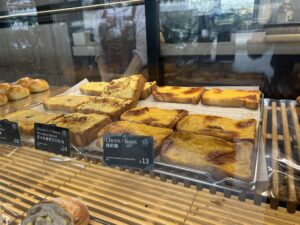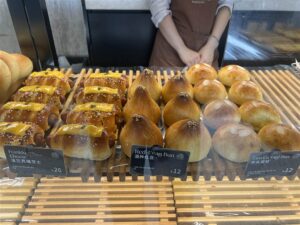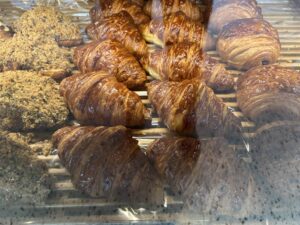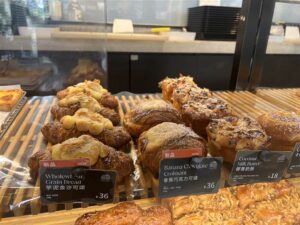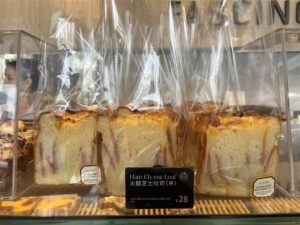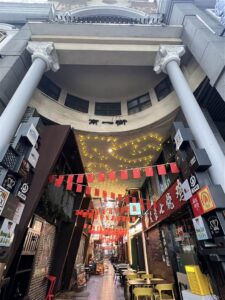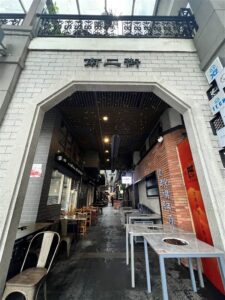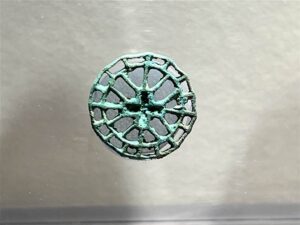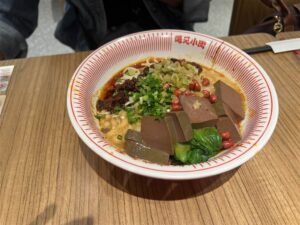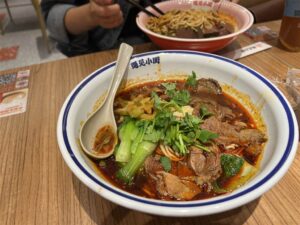Shenzhen Shorts — Shui Wei 1368 and the Shenzhen Museum
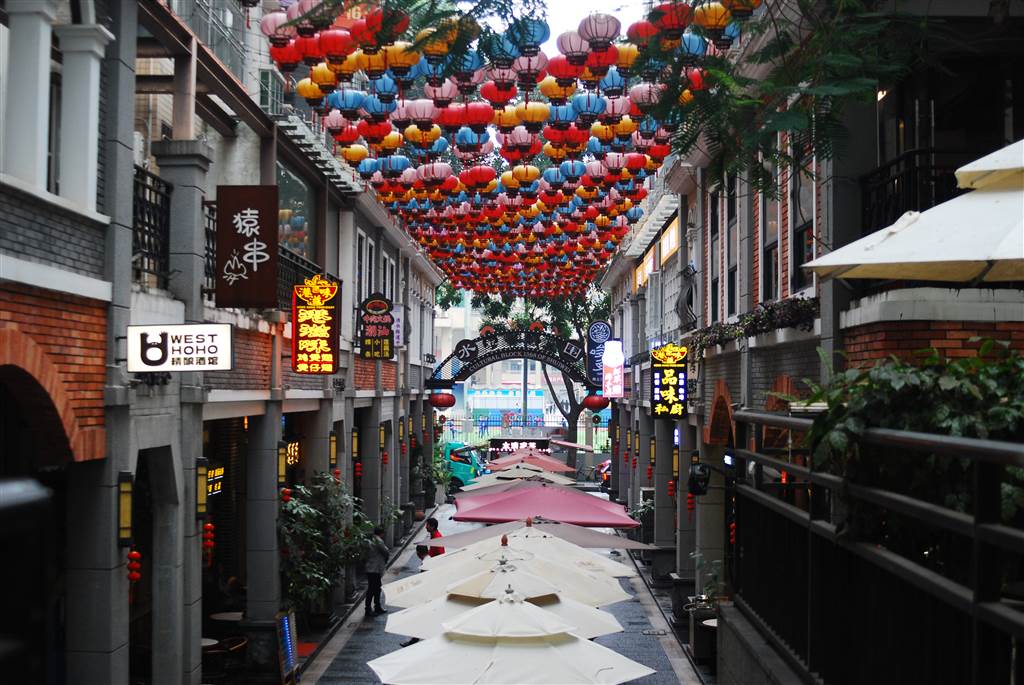
My bestie and I had a full day of fun with yummy food and interesting sightseeing in Shenzhen. We started the day at Fascino Bakery in CoCo Park in Futian, then visited Shui Wei 1368, then the Ancient Art Museum of the Shenzhen Museum. We had a simple noodle lunch near the Science Museum Station, and finally did some grocery shopping before returning to Hong Kong.
The Fascino Bakery in CoCo Park of Futian
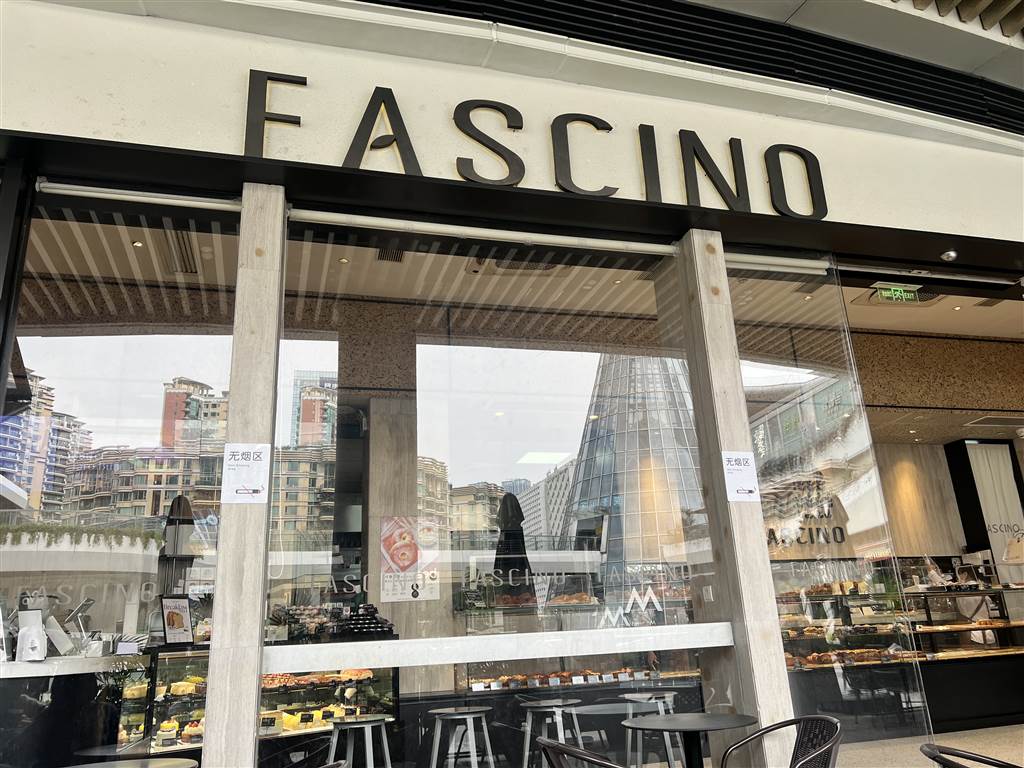
We loved pastries and so we started the day with freshly-baked pastries at the super popular Fascino Bakery in CoCo Park in Futian. The Fascino Bakery has been exceedingly popular in Shanghai. There are two locations for Fascino in Shenzhen, one is in Wanxiang Cheng (Grand Theater subway station) and I chose the other one in CoCoPark (Shopping Park subway station) for this day.
This would be the first time that I visited the very popular mall of CoCo Park in the morning on a weekday. In all previous times that I visited, the mall was packed. The atmosphere was markedly different on this morning. Few patrons were sitting at Fascino. We found a table, sat down relaxed with our coffee as we waited for the shop to reheat our pastries.

We loved bagels so we each chose a specialty bagel for ¥18 each. I had the apple and cinnamon and my friend had the earl grey and cinnamon flavor. When we ordered, we asked for cream cheese, but apparently that is not how the Chinese people do bagels. They make their bagels with stuffing inside instead. I bit into my hot bagel and there were apples and cinnamon filling overflowing from it. The texture was quite a bit softer than what I was accustomed to, but we thought that was an “improvement” to the conventional bagels that we usually got in the U.S. If you must insist on cream cheese in your bagel, they do make one with cream cheese filling. No need to mess with all the spreading.
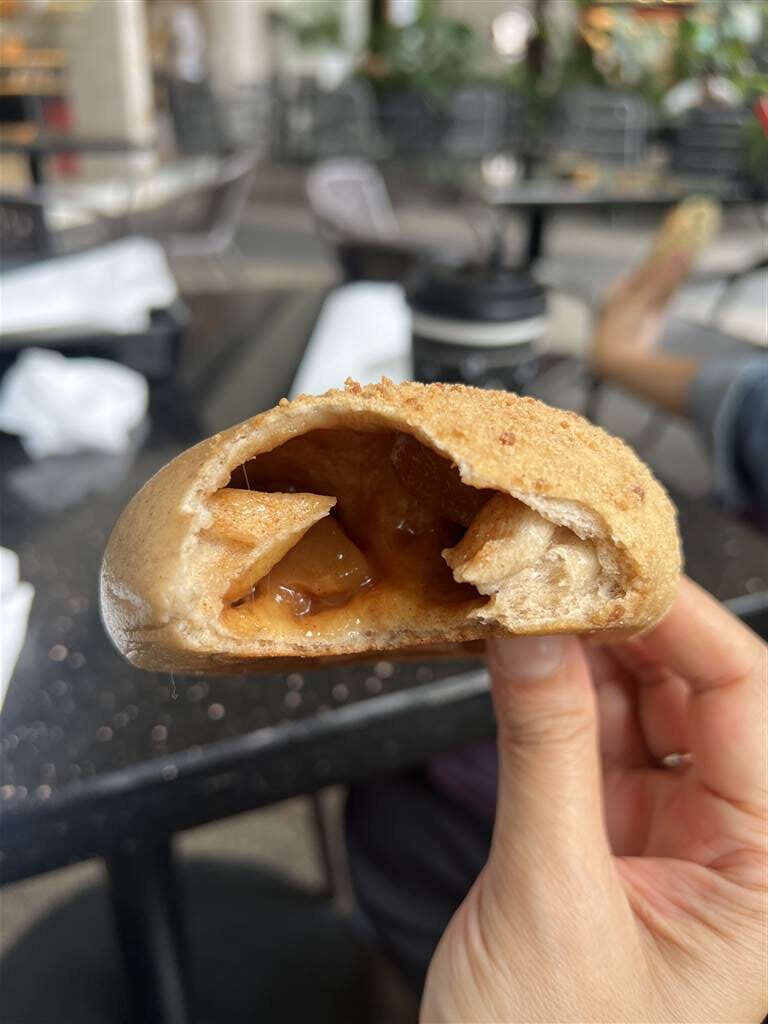
I have read online that the Danish pastries was a new line offered by Fascino, so I also ordered a ham and cheese puff to try. True to its name, it was crispy with heaps of buttery flakes, along with a melty heart of golden cheese.
Shui Wei 1368
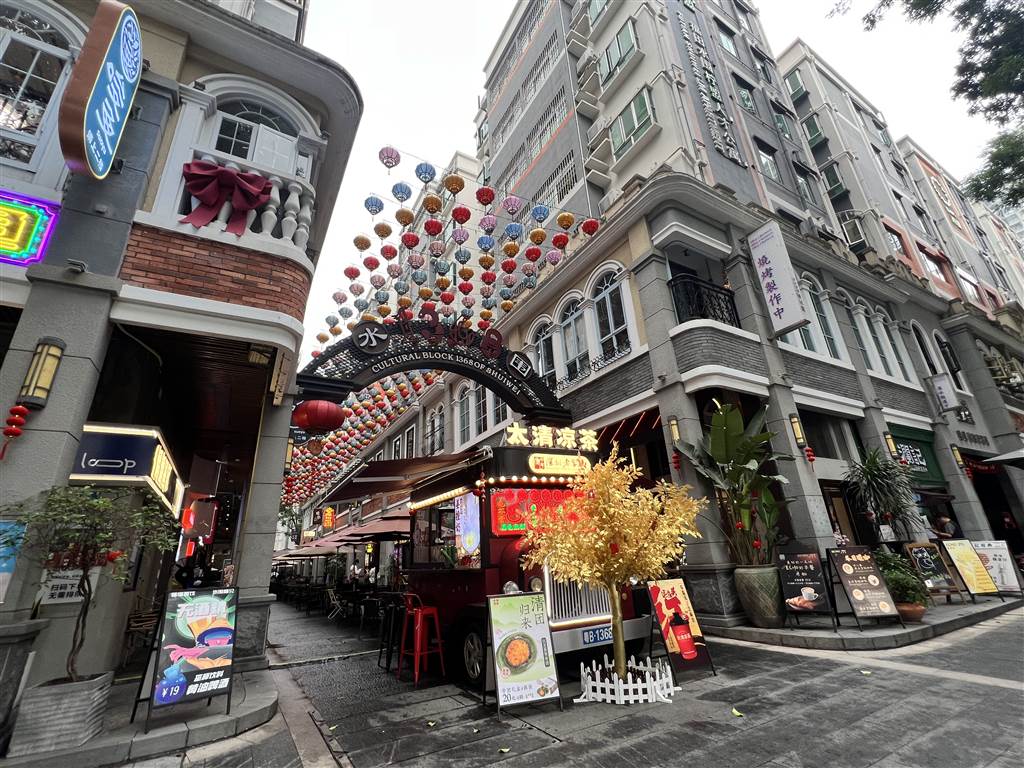
Like so many other revitalized spaces in China, Shui Wei 1368 came with a long history. A village of the Zhuangs that settled down in Shenzhen hundreds of years ago, Shui Wei had a history decorated with legends and anecdotes.
To be precise, it was 656 years ago that the fourth-generation Zhuang ancestor Meng Zhaigong founded this village. The number 1368 denotes the time of the foundation. Shui Wei, meaning “surrounded by water,” acquired its name due to a pair of couplets that the Zhuangs placed at the village. It says “water surrounding the four walls, an enclosure of prosperity for ten thousand years.”
The Zhuang ancestors that settled in this part of Shenzhen were actually the descendants of the Chinese philosopher Zhuangzu. Zhuangzu is known mostly for his philosophy that lies at the heart of Taoism. A man of the Warring States period, his wisdom has long influenced both classical Chinese thoughts and literature.
At the time of founding, Shui Wei 1368 was located in the very waterfront of Shenzhen. Life was difficult then — the Zhuangs made a livelihood from fishing and salt drying. One day, the Zhuangs saw a spring of water and made a well. They enclosed an area and made it a village surrounding this well. The old well is now a heritage site.
Needless to say, the community here had experienced both blessings and misfortunes that were tied intimately with China’s own history. During the years of resistance against Japanese invasion, the Communist Party youths of Shui Wei participated in the rescue of Hong Kong’s cultural elites. Shui Wei was then the base camp for the rescue effort.
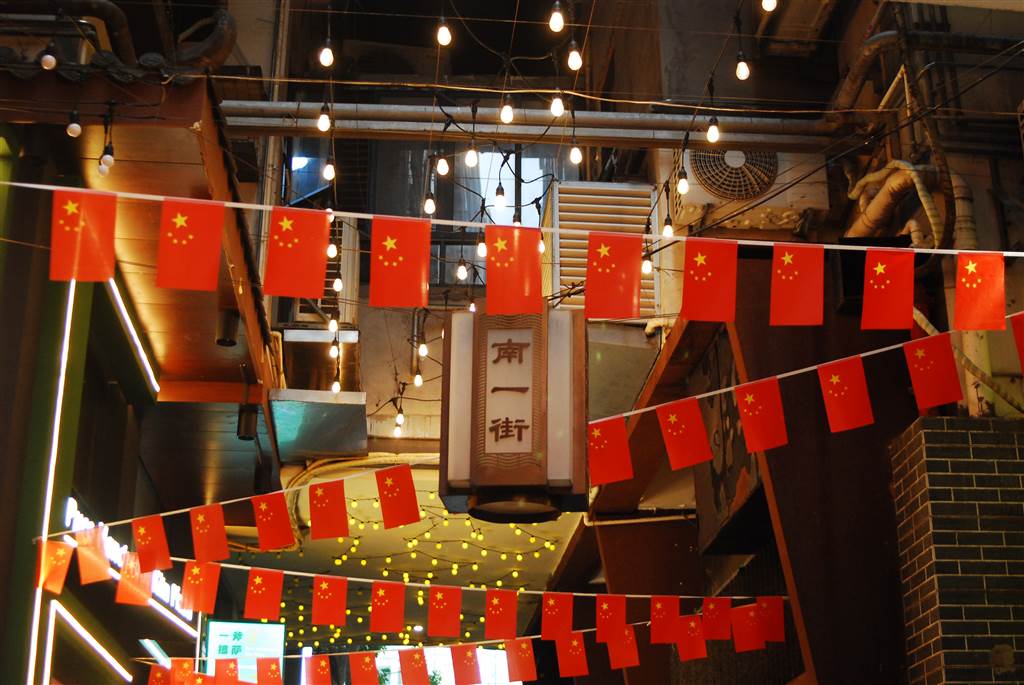
Today, the area is consisted of eleven streets and alleys. It is the first “urban village” that was revitalized and remade in Shenzhen into what is known as a “cultural block.”
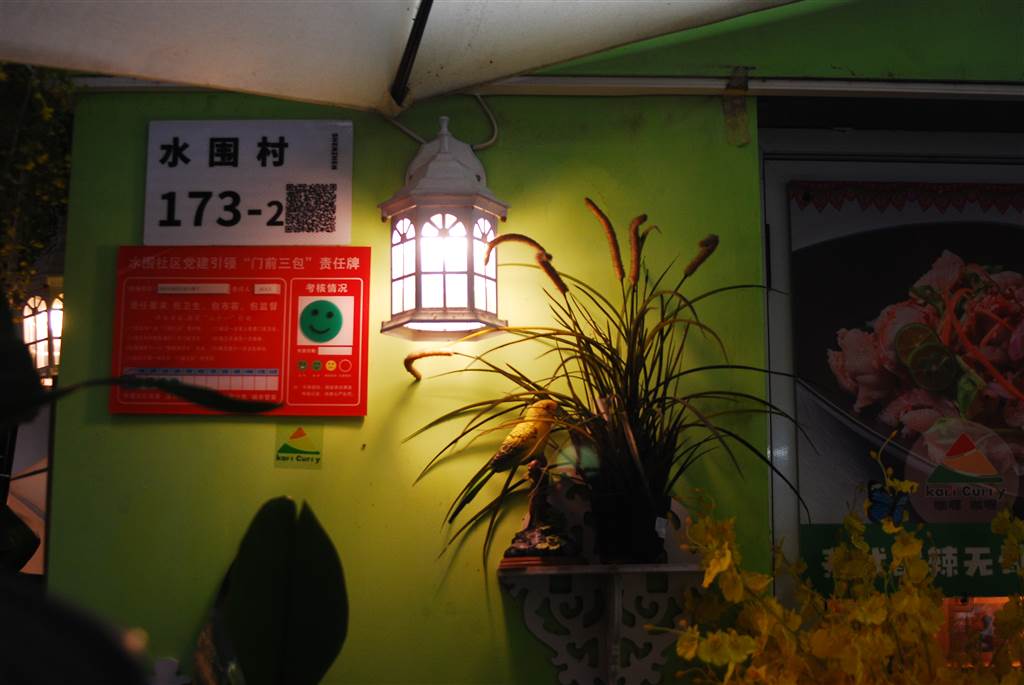
Quite unlike some of the other old cities I have seen, such as the Gankeng Ancient Hakka Townlet and the Dapeng Fortress, this area shows clear efforts on the “cultural” aspect of its revitalization. We were amazed by the variety of restaurants, bars, book stores and coffee shops that take on marketing positions that are worlds apart. From Mexican tacos to Cantonese clay pots, from ginger coffee to shisha, Shui Wei 1368 offers an astonishing spectrum of choices to visitors and locals alike.
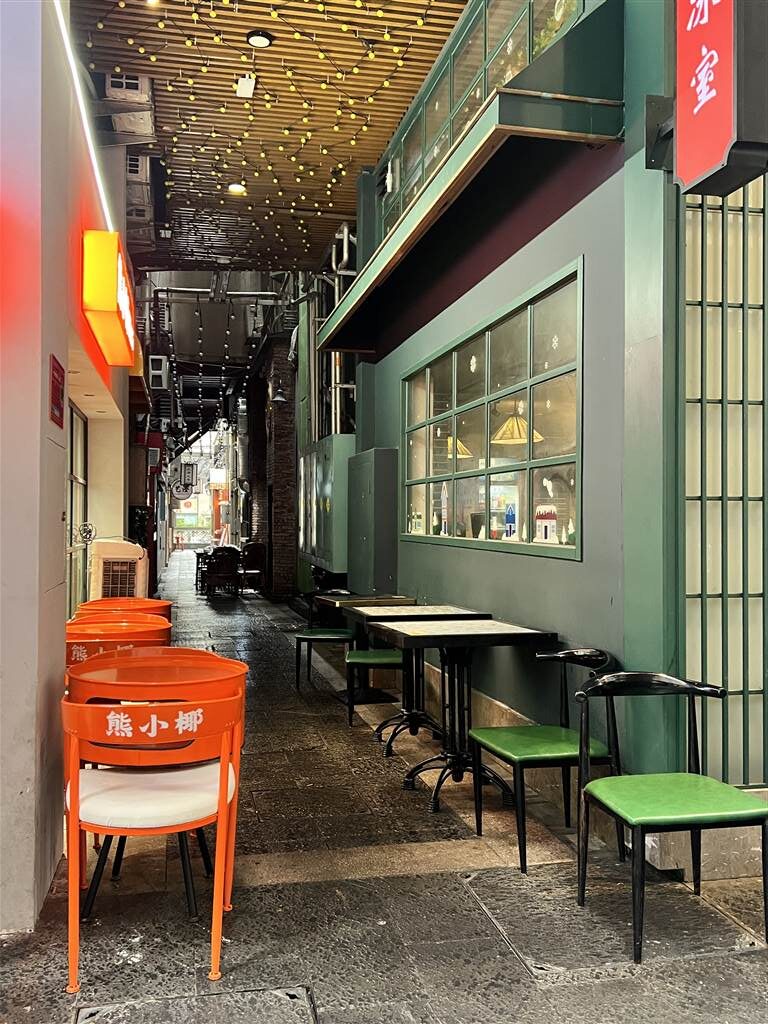
It is notable that Shui Wai 1368s is also home to a modern apartment complex that is mostly intended for young professional tenants. The whole area is hip, sophisticated and presents myriad surprises.
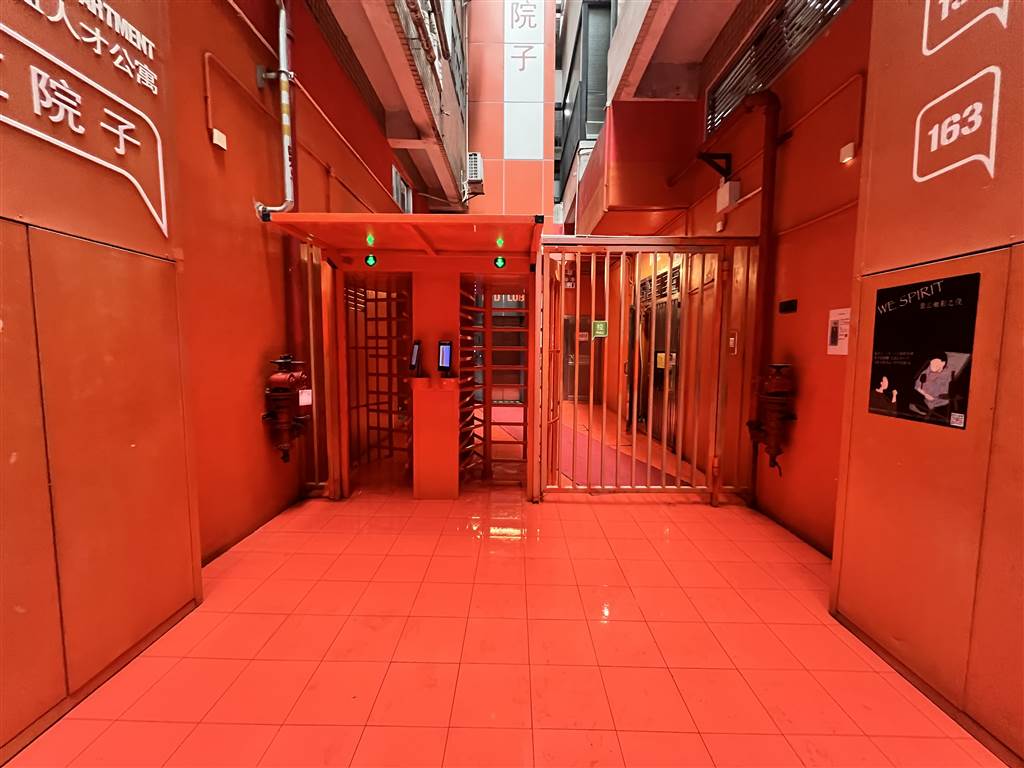
It should be pointed out that the “western-style” building facades that line the main streets are not original structures, unlike the genuine colonial architecture in Shamian of Guangzhou. These buildings were designed during the revitalization as a way to beautify the block with a “neo-western” appeal.
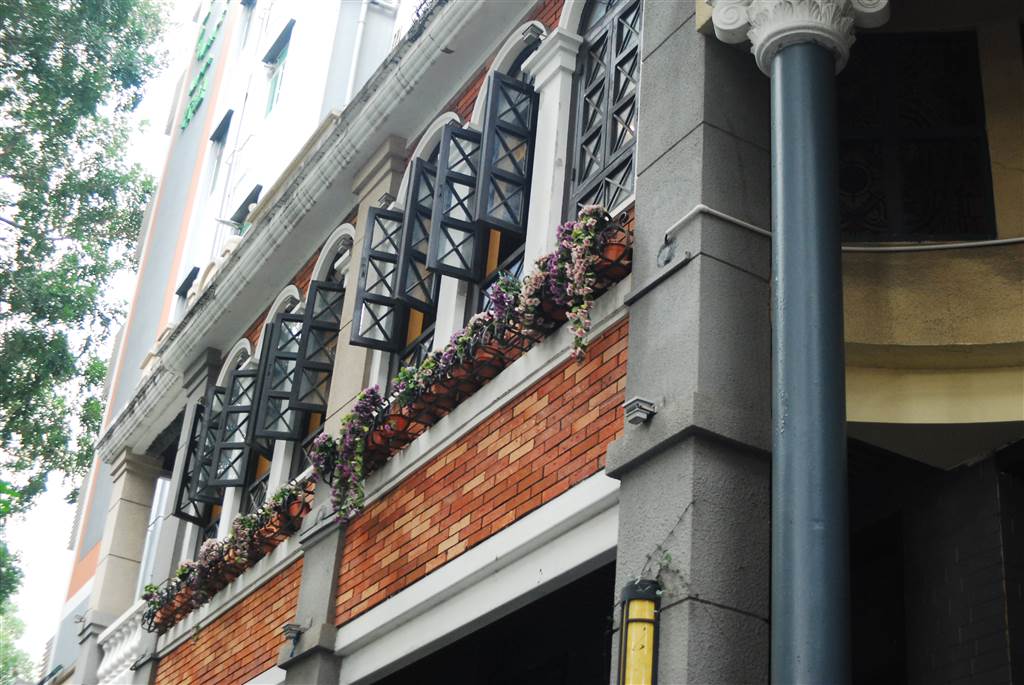
Needless to say, the historic aspect of the community has been sacrificed (in fact, all of the old village homes were demolished) and the block it is hyper-commercialized, but it does come with plenty of cool vibes.
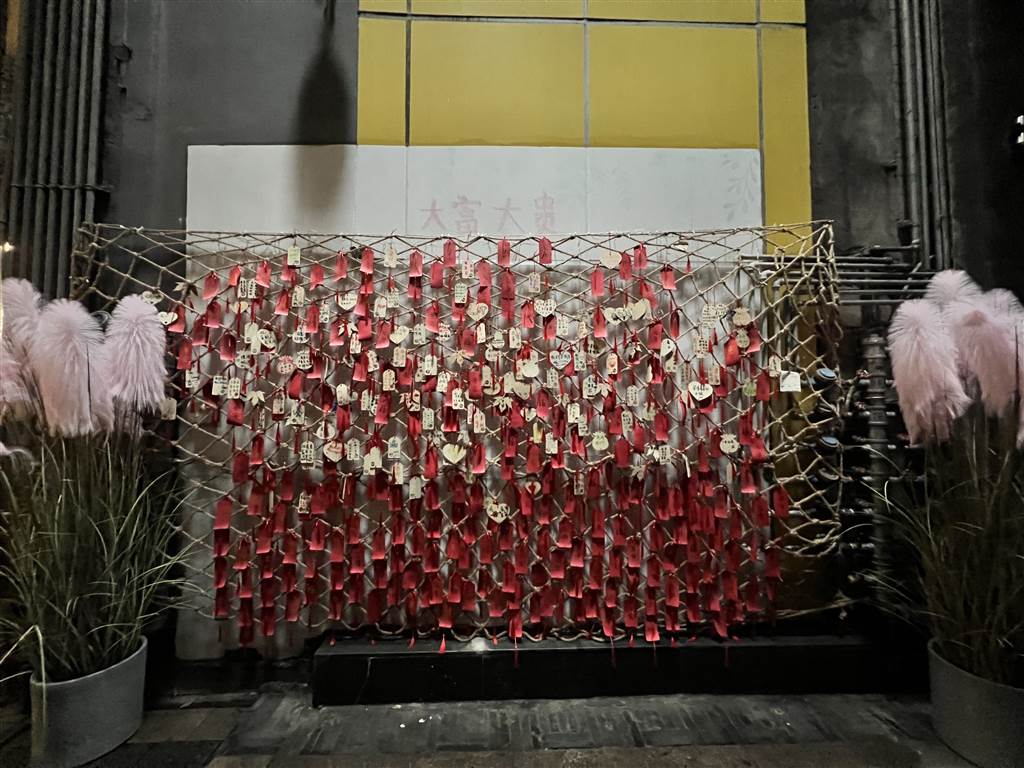
After visiting Shui Wei 1368, we wanted to carry on with our original plan to take a walk at the Lizhi Park, which actually does feature lychee trees (Lizhi means lychee in Chinese). However, there was heavy overcast on this day, and in fact when we left Shui Wei 1368 there was already a drizzle developing. We then changed our mind and asked the taxi driver to drop us off at the Shenzhen Museum’s Ancient Art Museum, which is next to the Lizhi Park.
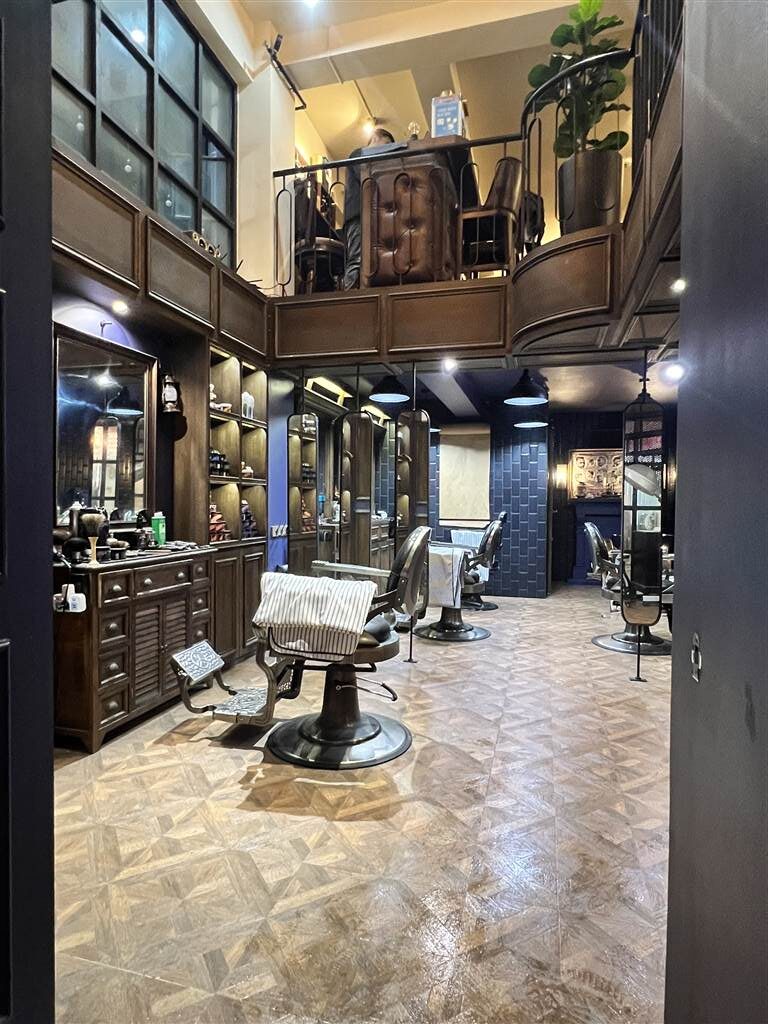
The Shenzhen Museum
The Shenzhen Museum is a national grade 1 museum. The Ancient Art Museum is a branch of the Shenzhen Museum. There are a few floors of galleries in this very spacious museum. We decided to see the special exhibition, Treasures Along the Silk Road, which takes up the three exhibition halls of 7, 8 and 9. We were pleasantly surprised by how engaging and well-presented the exhibition was.
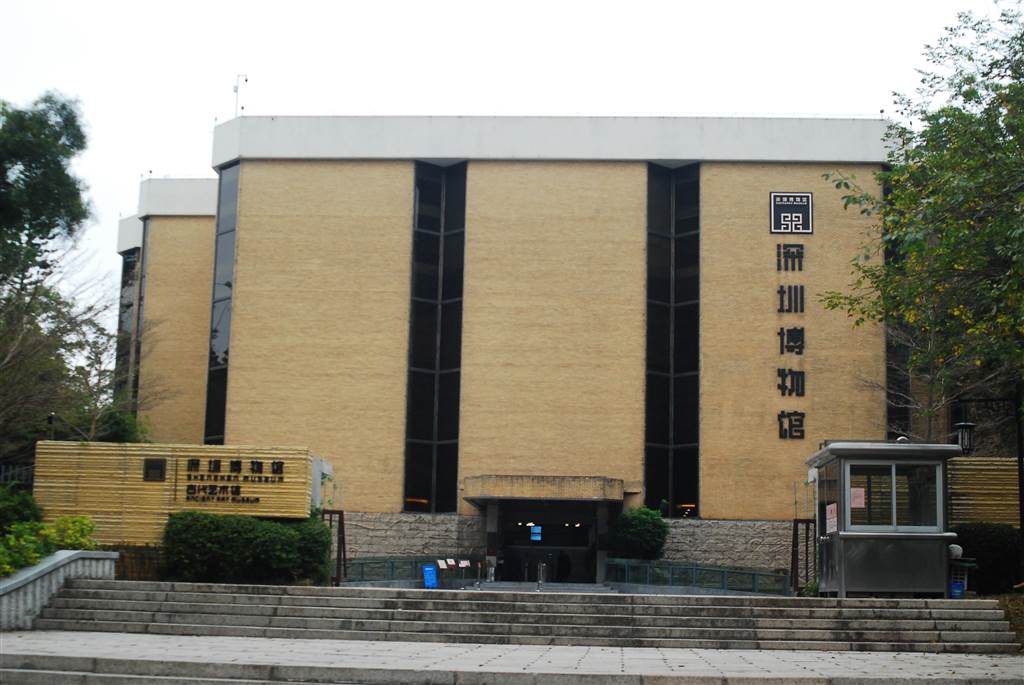
Both being jewelry lovers, my friend and I lit up when we saw an exhibition themed in metallurgical art. There were quite a few ancient jewelry pieces there that we thought we could ask a jeweler to replicate.
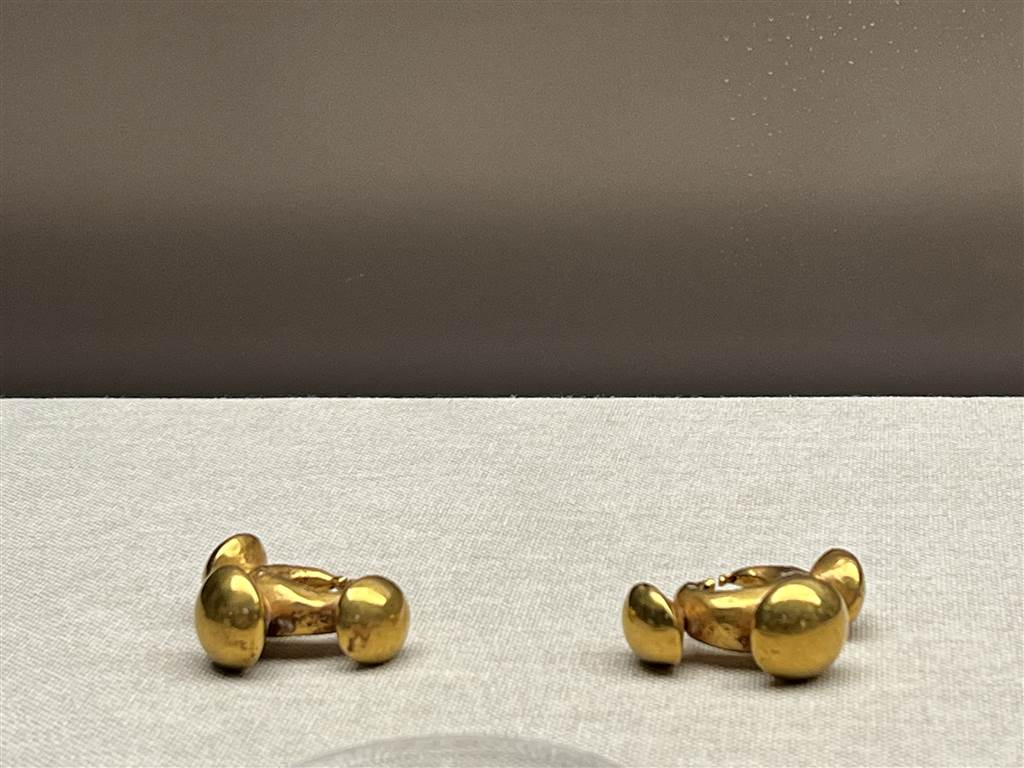
Photo: These are gold earrings of the Neo-Assyrian Empire
The exhibition features the metallurgical artefacts from ancient civilizations along the Silk Road, all belonging to the BC and early AD centuries. The exhibits are grouped according to each civilization. From Sumeria to the Sasanian, the exhibition covers the treasures of humanity that has far-reaching significance to the arts and cultural practices of the world today.
Photos: Metallurgical Personal Stamps of Bactria in Openwork
There were a few aspects in which this exhibition was well done. First of all, the collection is actually not that big, but we gathered that the very best pieces were curated to create an impression that induces both an appreciation for the aesthetic aspects of the artwork and the learning of the historical implications of the craftsmanship shown. For each civilisation featured, there is maybe one row or two of exhibits. Yet each piece is interesting in its own right.
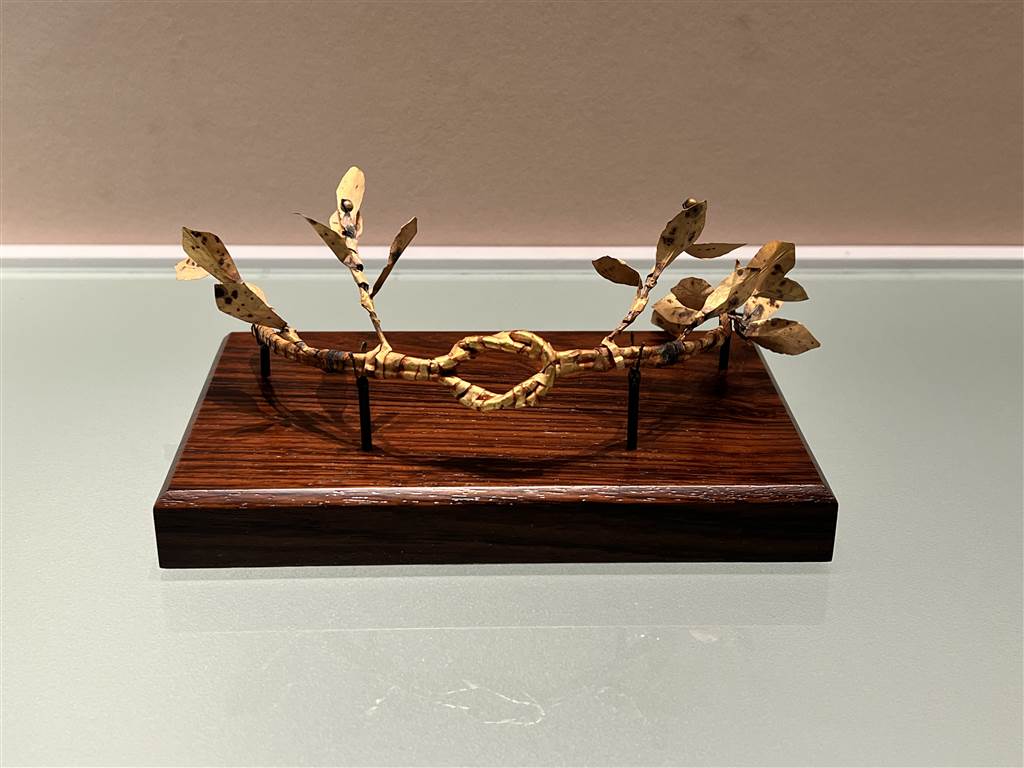
Photo: Of Clear Hellenistic Influence, Gold Crown of Bactria
The captions do not necessarily convey a coherent narrative that explains the way of life of these civilizations. Suffice to say, however, that clearly you could appreciate the individual artwork for what it is.
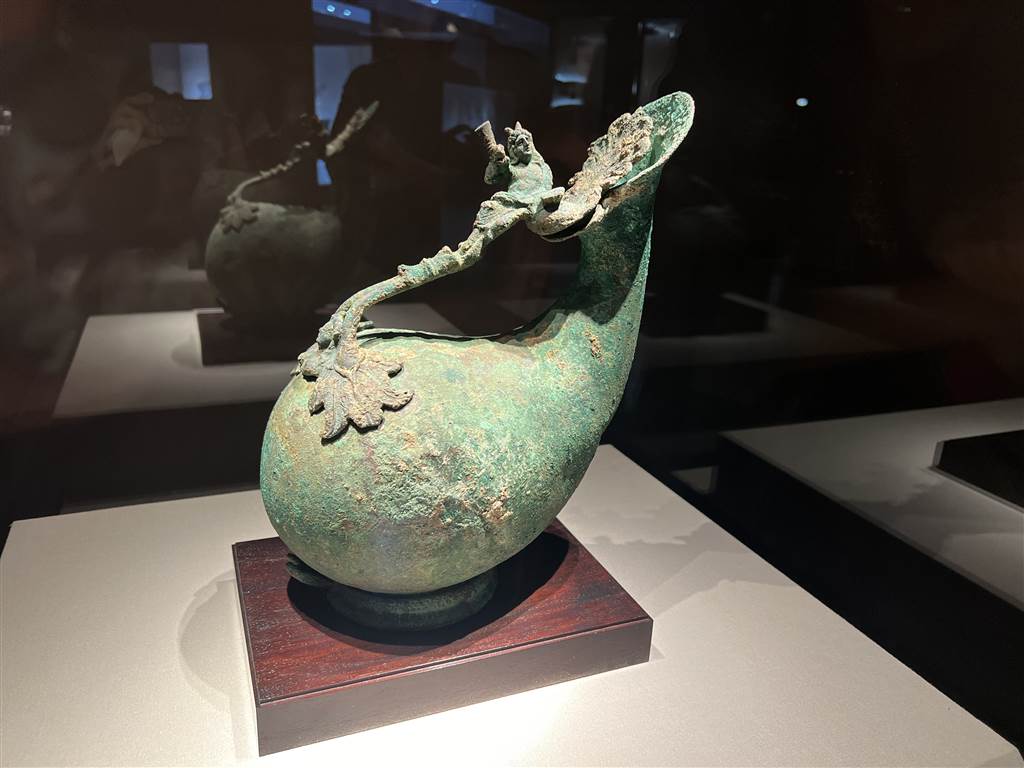
Photo: Cooper Alloy Pot With Lid of Gandhara
It looks like a wine decanter of our time
One surely can see how the idea behind the craftsmanship continues to be relevant to the arts and even daily life of our times.
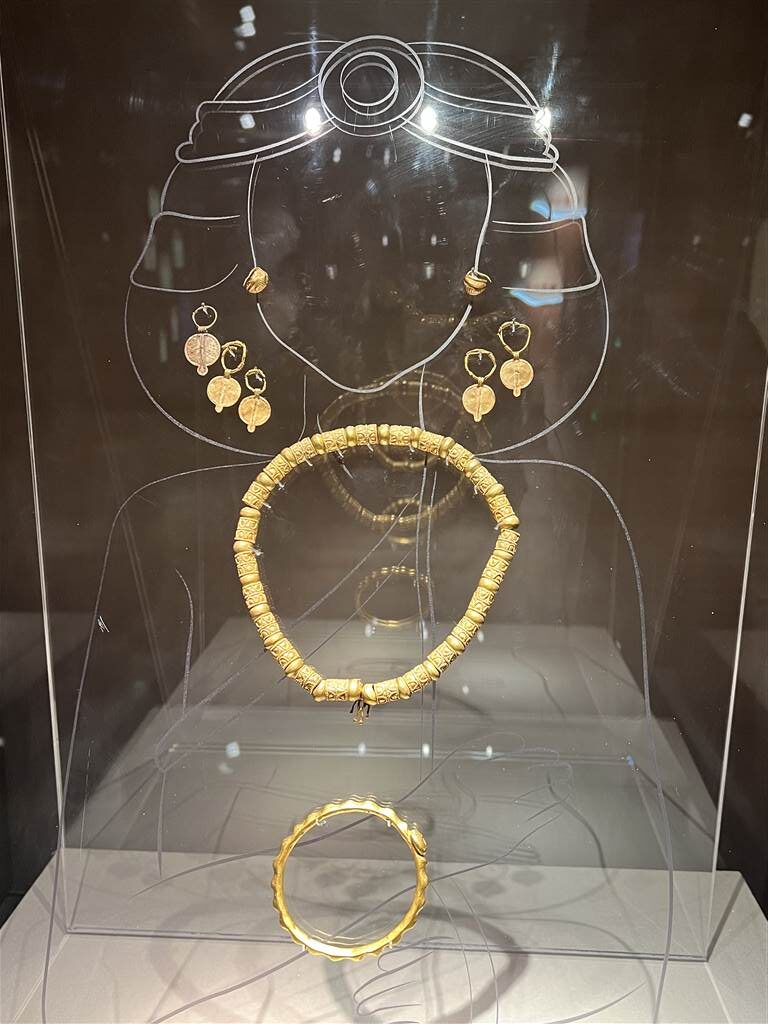
Photo: Gold Jewelry in the Kushan Dynasty (Early Centuries AD)
At some point I started noticing that there is a poster behind the pieces showing a similar piece from the same civilization that is being exhibited in other national museums, such as the British Museum and the Met in New York. Although at first glance it felt like there was a sense of competitiveness, but I came to understand the tacit message that China does bring its culture learners a museum experience that is up to international standards. That point is noted for sure, and just the idea that the museum has extended efforts to locate similar artefacts to those shown in other national museums is fully appreciated as well.
In order not to spoil it for anyone, I will post just a few of my favorite exhibits from this exhibition.
Treasures Along the Silk Road will last until April 7, 2024.
Please note that, as with all large and small museums in China now, reservation online is necessary before entry. Because we did not have a China mobile number, we had to write down our information at the door.
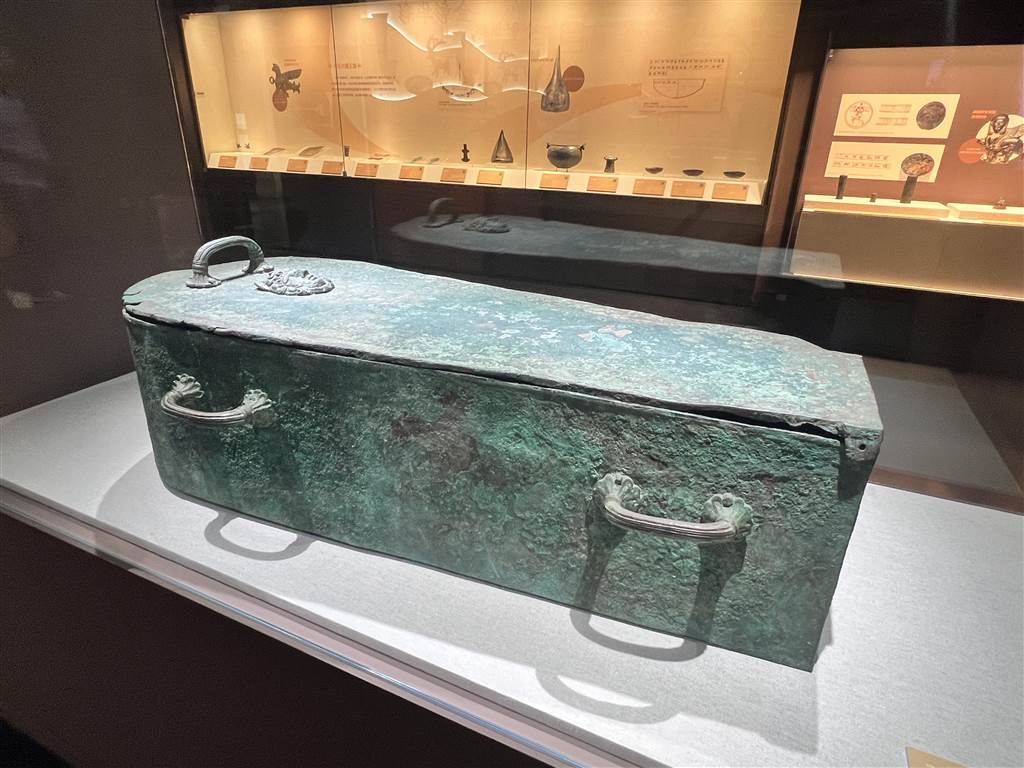
Photo: Copper Alloy Coffin of the Neo-Assyrian Empire, Bearing Sculpted Medusa Image
The Ancient Art Museum of the Shenzhen Museum is located on No. 6, Tongxin Road. The museums of China typically close on Mondays, and so does the Ancient Art Museum. The opening hours of the Ancient Art Museum is between 10:00am to 6:00pm. Entrance to the Ancient Art Museum is free.
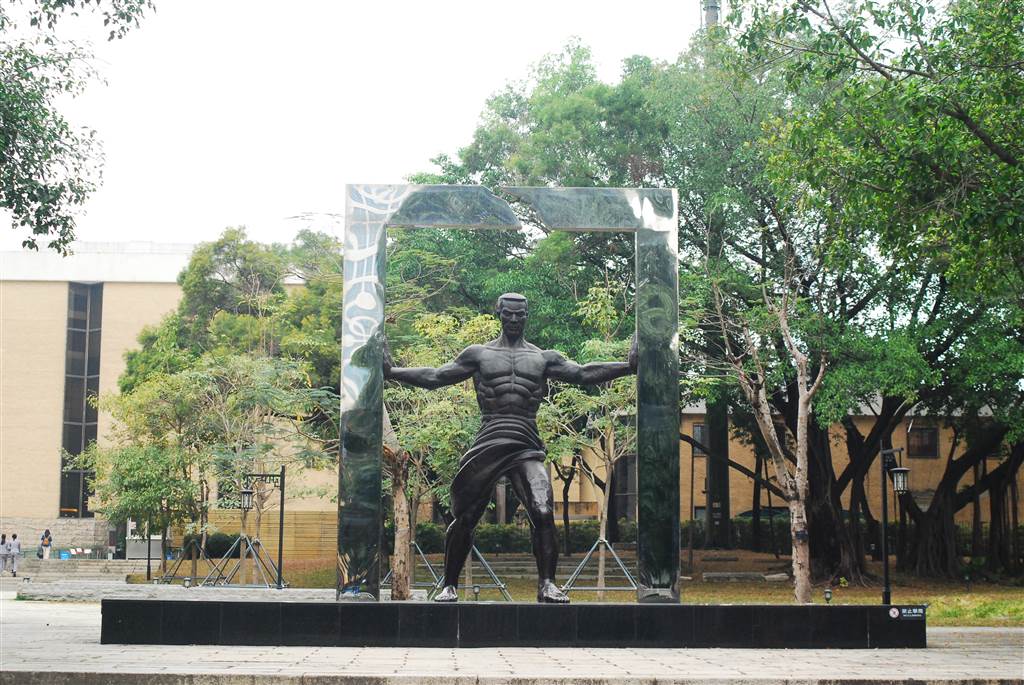
A point of some importance is the simple noodle lunch that we randomly picked. The photos speak for themselves.
Sources
Descriptions on site at the Ancient Art Museum of the Shenzhen Museum.
Huang Yayan, The Most Beautiful Village in the Urban Space—Shui Wei 1368 as the Cultural Landmark Closes to Hong Kong (Chin), Our China Story.
Shenzhen Overseas Chinese News, The Former and Current Life of a 600-Year Shui Wei Village (Chin).

